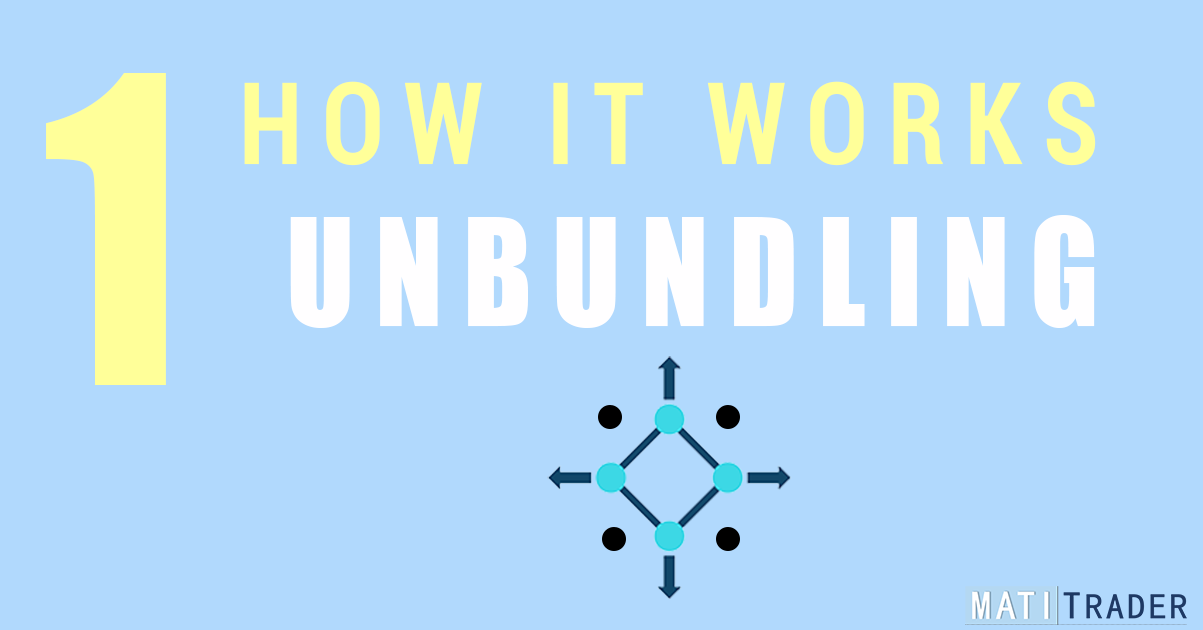HOW IT WORKS – Unbundling
HOW IT WORKS:
Unbundling
What is unbundling?
- A transaction process where shares
- of one company (unbundled company)
- are distributed by another company (unbundling company)
- to the unbundling company’s shareholders
NOTE: This process will help separate the income from each branch and allow the business to focus on the core.
What can a company sell during the unbundling?
- Assets
- Product lines
- Divisions
- Subsidiaries
Reasons why a company would unbundle?
- To create a better performing company or companies
- To offer a new variety of products or services
- To raise capital
- Distribute cash to its shareholders
- Cut down on costs
- Sell off non-essential parts of the company to optimise their main operations
- The BOD or company managers believe it will improve its current performance
- Expand options for their consumers
- To reach new consumers
EXAMPLE:
Unbundling
Remgro, the listed investment holding company – chaired by Johann Rupert – Is going ahead with the unbundling agreement.
Remgro will unbundle its (28.2% ownership) and shares in Rand Merchant Bank Holdings (RMH) to its shareholders.
They will however, will hold on to its stake in FirstRand. Their biggest investment is 34% in FirstRand. It also owns 3.9% direct interest in the banking group, which it will keep.
Once this happens, then the shareholders will hold a direct portion in the RMH company.
With the transaction, each Remgro shareholder will receive 0.699 RMB shares for every 1 Remgro share they own.
So far, the effective date of the adjustment took place on Tuesday, 3 June 2020.
Trade well and look after yourself,
Timon Rossolimos
Founder, MATI Trader
Did you enjoy the trading tutorial for the week and would like to see more content like this? Send me an email at Info@TimonAndMATI.com. I’d love to hear your thoughts and feedback.
PPS: Did you watch the MATI Trader Video for the week? Click below to catch up.


